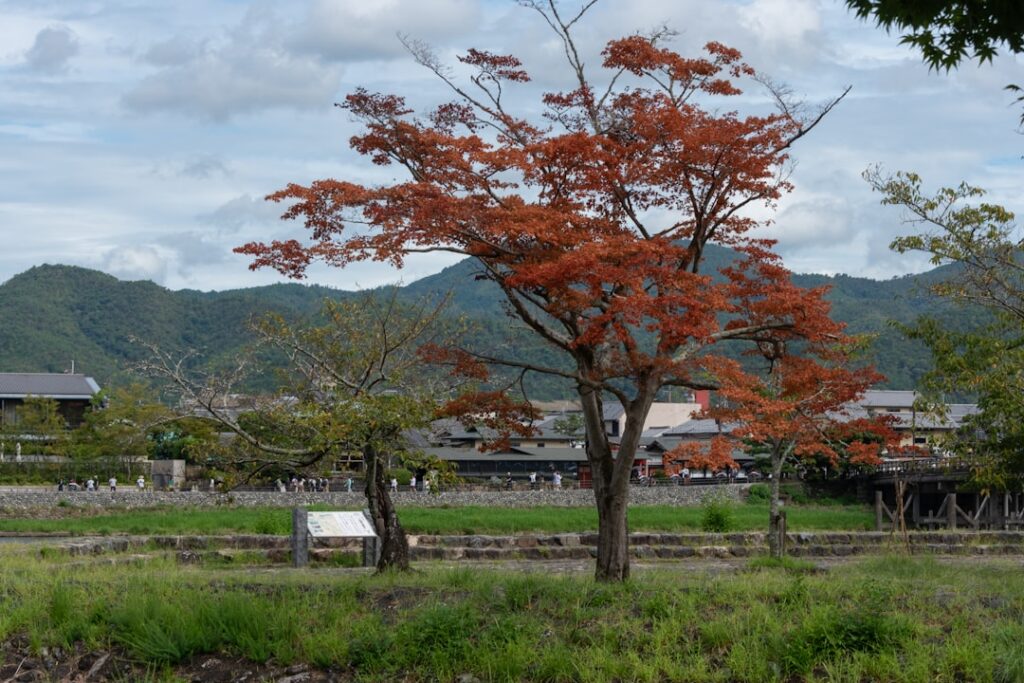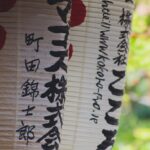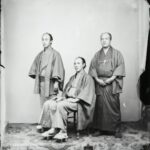Japan’s countryside comes alive each autumn with hidden festivals celebrating the nation’s rich harvest. While major cities offer their own seasonal charms, it’s in the rural corners that you’ll find centuries-old traditions, flavors found nowhere else, and breathtaking scenery painted in golden hues. Join us on a culinary and cultural journey through Japan’s off-the-beaten-path autumn feasts—festivals known mainly among locals, full of secret delicacies and heartfelt welcomes.
A Tapestry of Autumn Celebrations: Tradition and Heritage in Rural Japan
For generations, rural communities throughout Japan have welcomed autumn with vibrant harvest festivals, known locally as akimatsuri. Rooted in Shinto beliefs and local agricultural rhythms, these events give thanks to the gods for a bountiful harvest and honor the spirits of the land. Beyond the familiar tourist routes, villagers gather to dance, pray, and feast from early September to late November, keeping customs alive that date back centuries. Unlike city festivals, these gatherings are rich with rustic authenticity and closely woven into the community’s heart.
Unveiling Japan’s Secret Autumn Festivals: From Chestnuts to Mushrooms
While most travelers flock to Kyoto or Tokyo, autumn in Japan’s north and countryside is a hidden treasure trove. In Tohoku, villagers host Kurimatsuri—chestnut festivals—where families roast fresh, sweet chestnuts over wood fires. Small towns in Akita and Fukushima celebrate with mushroom hunts and Kinokomatsuri, featuring rare mountain mushrooms freshly picked and cooked on the spot.
Takayama’s rural districts come alive with lantern-lit processions, while lesser-known hamlets like Oguni hold “Rice Harvest Thanksgiving” events, complete with local music and crafts. At these intimate gatherings, you’ll witness ancient harvest dances, drumming performances, and even get invited to join in.
Savoring the Harvest: Food Stalls and Local Autumn Delicacies
A highlight of these hidden festivals is the incredible local food. Picture piping-hot Kuri Gohan (chestnut rice), hand-crafted mushroom tempura, wild boar stew, and grilled river fish skewers—flavors unique to each region’s mountains and rivers.
Wandering the stalls, you’ll find steamed manju filled with sweet potatoes, rich imoni soup in Yamagata, or sticky rice cakes with wild walnut miso, all lovingly prepared by grandmothers using recipes passed down for generations. Many festivals even offer “harvest tasting” corners, where you can join locals in sampling newly picked rice or sipping cloudy sake pressed just days earlier.
From the Locals and Visitors: Access & Insider Tips
Many foreign travelers are amazed by the hospitality at these intimate gatherings. As Emma from Australia shares, “I was invited by a local family to try rice pounding and even helped cook wild mushroom soup—it was an experience you simply can’t find in guidebooks.”
If you wish to attend, many small festivals are easily accessed by local trains (some as scenic as the famous “torokko” lines), though advance research is key. Check town websites, ask at rural tourism offices, or connect with local homestays who often provide festival information and unique lodging. Arriving early is encouraged, as some specialties like chestnut sweets or homemade sake sell out quickly!
Breathtaking Scenery: Where to Revel in Japan’s Autumn Colors and Harvest Beauty
Don’t forget your camera—Japan’s rural autumn is a visual feast! Wander past golden rice terraces in Niigata, fiery maple forests in Yamadera, or misty mornings around Akita’s thatched villages. These landscapes are as much a draw as the festivals themselves, often framed by scarecrows and bursting with the joy of harvest.
For the most vivid scenes, time your trip for mid-to-late October when both the leaves and rural celebrations reach their peak. Many locals are happy to point out hidden photo spots or invite you to try harvesting alongside them. It’s the perfect way to connect with the land, the people, and the timeless rhythm of Japan’s countryside autumn.








